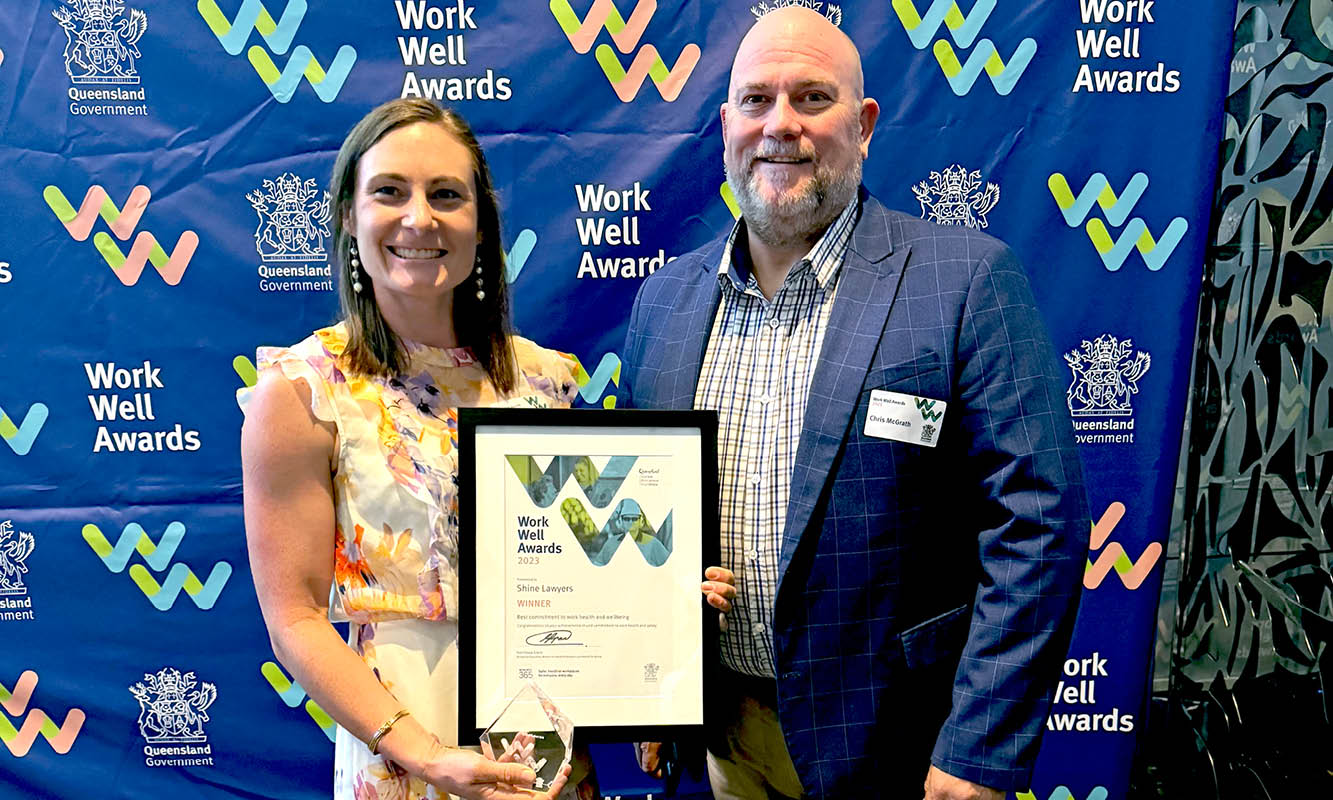Being a trusted manager, advisor, or team colleague is something that most people aspire to achieve. However, a lack of trust is one of the most commonly quoted reasons for low performance, disengaged employees, and floundering workplace cultures. So what can you do to increase trust within your team?
“Without trust we don’t truly collaborate; we coordinate or at best, cooperate. It is trust that transforms a group of people into a team.”
Stephen Covey
A lack of trust in teams, or between the leader and their team, can be disguised in many ways. Maybe you have encountered one of the following tell-tale signs: staff will try everything to hide their mistakes or avoid answering or responding to a query due to fear they may be ridiculed, told off publicly, or otherwise be “punished” for it. Team members seem to be going through the motions–doing the bare minimum, but in a joyless, disengaged and self-protective manner. Or you may overhear whispered gossip in the hallway or communal kitchen as employees don’t feel safe to ask questions openly or actively run campaigns against perceived office opponents behind each other’s backs.
Like a virus weakening the organism, lack of trust can infect and weaken every area of the organisation, undermine workplace culture, prevent teams from achieving high levels of performance, stifle creativity and squash attempts at innovation. Eventually, staff may begin to leave.
In his book, The Speed of Trust1, leadership expert and author Stephen Covey describes trust as the true currency of organisations: it matters in every transaction and relationship, and it is a key underlying differentiator between a high-performing, supportive environment versus one that is characterised by general suspicion and people operating in survival mode. Trusting relationships allow us to freely exchange ideas and information (including personal details) without fear of having them used against us, enable a sense of belonging in the workplace and make us feel safe and secure, all of which contributes to employee wellbeing and engagement.
To understand how you can build and strengthen trust in your team as a leader, let’s first look at its three key ingredients2:
- Positive Relationships
Take time to build strong relationships in your team, for example, through regular one-on-one conversations, which also include time for individualised coaching and mentoring, asking your team members about their career aspirations and learning about their personal life, providing meaningful feedback, creating opportunities for staff to collaborate on projects together, and constructively addressing conflict early on. - Good judgment/expertise
This is achieved by demonstrating competence as a leader and in your field of expertise, for example, by showing good judgment when making decisions, producing important contributions to the solution of problems and achieving results, and continually developing your skills and knowledge. - Consistency
This element speaks to your solid and ongoing commitment to follow through with what you said you would be doing, consistently act as a positive role model, and be reliable in your approach to work and relationships. If you continually renege on a decision or are unreliable in your decision-making process, your team will rapidly lose confidence in your leadership and ability to manage a team.
To create and maintain high levels of trust in your team, you will need to be skilled in – and committed to -all three elements. It may be useful to reflect on which aspect of trust you have a natural preference for, and which elements you can further strengthen by an increased an intentional focus on consistent behaviours.
Below are some more practical suggestions on what you can do to elevate trust levels.
Don’t rely on increased control to fix slipping trust levels
When confronted with decreasing trust levels in your team, you may experience the urge to monitor your staff more tightly, check up on them more frequently, or resort to micro-managing. While this is a natural reaction, it is also counter-productive. Relying on a “policing” strategy will always expose you to gaps and holes (you will never have full oversight of everything that is going on). What is worse: people will respond to your control efforts by doing what they have to do when they know you can see it–probably resentfully and by lowering their efforts to the bare minimum.
Feeling under surveillance also undermines employees’ wellbeing, increases anxiety and further destroys the feeling of psychological safety. A better approach is to demonstrate your willingness to (re)build team culture by making a visible effort to understand current pain points, barriers to productivity and people’s beliefs and perceptions of what is going on in the team. Explore issues and suggested solutions on an individual and group level, lead with empathy and set clear boundaries and expectations with your team. While this may seem time-consuming and difficult on the onset, focusing on constructive and collaborative solutions instead of trying to “control away” a growing problem will be the far more successful approach in the longer term. Trust your own judgment that the team you have chosen will do the work effectively–that they feel supported and you have their back.
Tap into reciprocity
It is important to understand that trust is bi-directional and reciprocal. Showing others that you trust them will increase their willingness to consider you trustworthy in return. Start with small gestures and role model the behaviours you want to see in others, for example, admitting mistakes, asking for help, disclosing personal vulnerabilities (always to a level that you are comfortable with), and letting others in on your thinking processes concerning a work problem or your reasons for making a particular decision. Sending small but consistent acts of trust to others in the workplace will not only signal your strong interest in building positive relationships but will also elevate your own trustworthiness rating.
Communicate frequently
Open, transparent and regular communication is the backbone of positive workplace culture and underpins good professional relationships. To instil trust, be clear and authentic in your messages, invite and listen to feedback and input from others, provide constructive feedback, and withhold judgment (especially when discussing personal matters). A further strategy that may be particularly important in times of significant change and transition involves talking about things that aren’t changing. As trust is built on predictability, help your team members to maintain a sense of stability by pointing out what they can continue to count on and which underlying values, processes and priorities will remain the same.
Use an individualised approach
Recognise that people have different default positions based on past experiences, beliefs, and attitudes regarding trust. Some of us approach relationships, assuming that most people are decent and have good intentions and should, therefore, be treated with the benefit of the doubt until there is a good reason to actively distrust them. Others are more sceptical and cautious by default and will be careful not to expose themselves to any potential risk by trusting someone too early before they have earned it.
Get to know your people and find out what their natural tendency is in this regard. With “automatic trusters”, make sure you do not give them evidence indicating that their belief in you may be unwarranted–once you lose it, it will be difficult to get back. If you are dealing with someone who needs proof first, slow down in your expectations and make sure you provide the person with consistent and repeated evidence for your trustworthiness.
If you would like to learn more, don’t hesitate to reach out to the QLS Solicitor Support service on ethics@qls.com.au or p. 3842 5843 to speak to someone in a judgement-free and supportive environment.
1 Covey, Stephen M.R. (2008), The Speed of trust: The One Thing That Changes Everything (Simon & Schuster)
2 For more information, see Harvard Business Review article, The 3 Elements of Trust by Jack Zenger and Joseph Folkman













Share this article